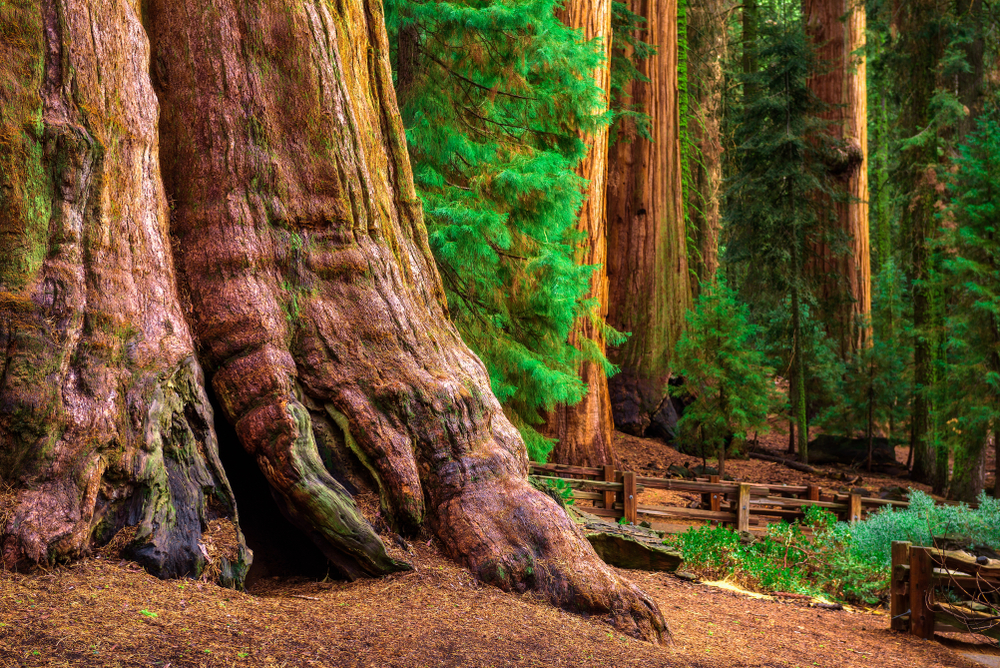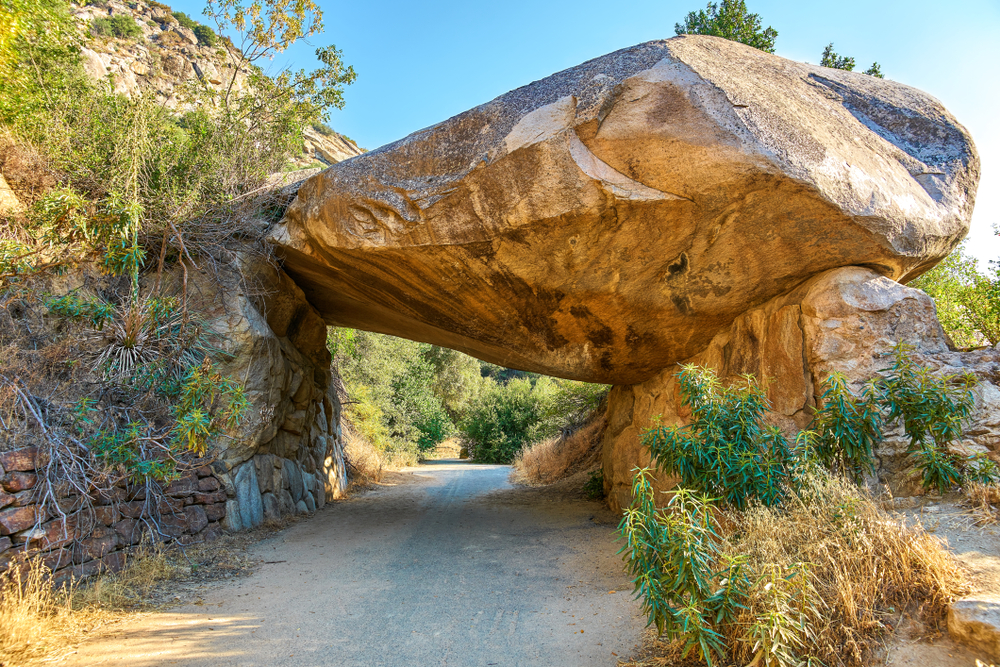Popular
Sequoia National Park, famed for its towering trees and rugged landscapes, is also a refuge for diverse wildlife, each species playing a role in the ecosystem and enhancing visitors’ experience in this majestic slice of the Sierra Nevada.
Black Bear Omnivorous and curious, black bears are frequently spotted throughout the park, foraging for berries, nuts, and insects in both forested areas and meadows.
Mule Deer Graceful mule deer are commonly seen at dawn and dusk, browsing in the park’s meadows and forest edges, a serene presence amidst the giant trees.
Sequoia Chipmunk Active and playful, sequoia chipmunks are easily spotted by visitors, their striped backs darting among the forest floor, gathering food and chirping alertly.
Mountain Chickadee The mountain chickadee, with its distinctive black cap and white cheeks, flits through the park’s coniferous forests, filling the air with its cheerful calls.
Western Gray Squirrel Notable for their bushy tails and gray fur, western gray squirrels are a common sight, scampering through the park’s groves and along its trails.
American Black Bear While similar to black bears, American black bears in Sequoia have their own unique behaviors, adapting to the park’s environment in search of food and shelter.
Steller’s Jay Vibrant and noisy, Steller’s jays are often encountered by visitors, their bright blue feathers and crest standing out against the park’s greenery.
Douglas Squirrel The Douglas squirrel, or chickaree, is a vital part of the ecosystem, known for its loud bark and the role it plays in seed dispersal within the park.
California Ground Squirrel Ubiquitous in open areas, California ground squirrels are often seen standing alert on their hind legs, watching for predators while foraging for food.
Pika Adapted to high elevations, pikas are rarely seen but often heard, their distinctive calls echoing among the park’s rocky outcrops and alpine meadows.
Sequoia National Park’s non-predatory wildlife, from the ambling Black Bear to the industrious Pika, showcases the park’s vibrant life beneath its canopy of ancient giants, inviting visitors to witness the diverse inhabitants of this storied landscape.

































































































